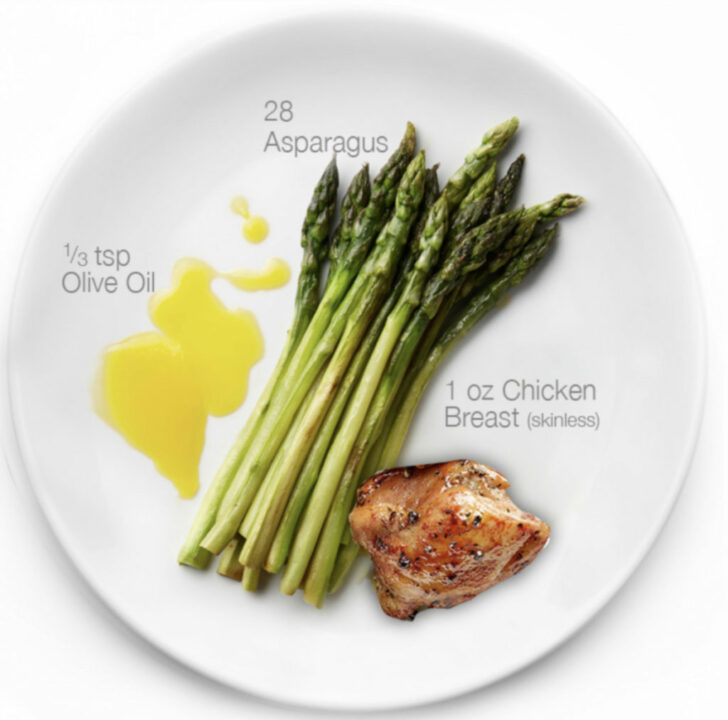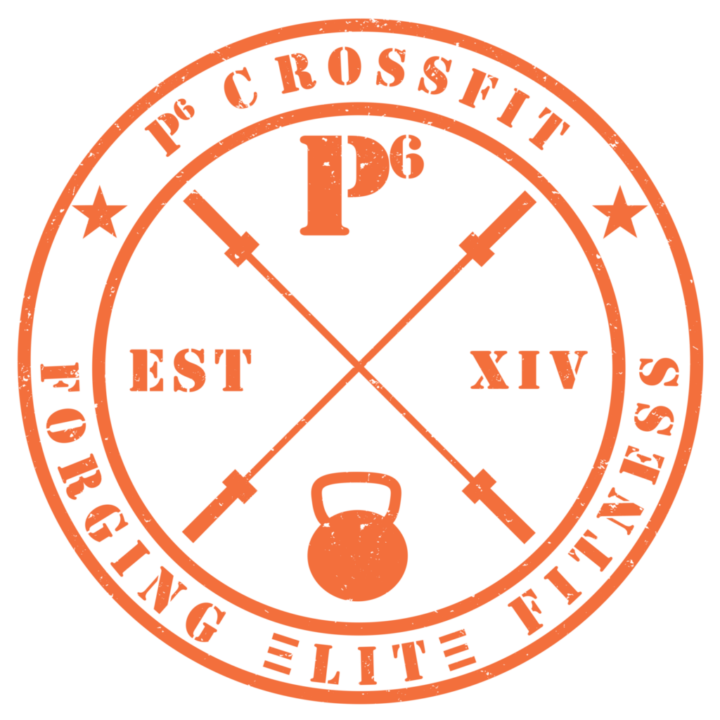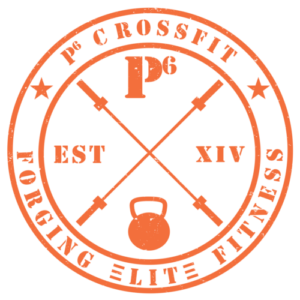This is the most precise way to get you in the Zone!
The Zone Diet is based upon having the right balance of three macronutrients – protein, carbohydrate, and fat at every meal and snack. This allows you to reach the desired health benefits that come from being in the Zone.
Zone Food Blocks are simply a measurement used to define how much of these macronutrients you should be eating throughout the day. Each Zone Food Block consists of one block of protein, one block of carbohydrate and one block of fat. To get the desired balance your goal should be to have a 1:1:1 ratio of protein, carbohydrate, and fat blocks at every meal and snack. The average female eats 11 blocks each day and the average male 14 blocks each day.
What Does One Block Look Like?
Protein = 7 grams
Carbohydrate = 9 grams (total carbohydrate minus fiber)
Fat = 1.5 grams (if you use animal protein at a meal)or
3 grams of fat (if your protein source is vegetarian)

FOOD BLOCK TYPE:
Some foods are a mix of protein, carbohydrate and fat. We’ve eliminated the thinking and classified these foods for you.
To make a Zone meal, a typical female needs 3 Zone Food Blocks from each of the block categories: protein, carbohydrate and fat. A typical male will require about 4 blocks of each at every meal.
QUANTITY:
This is the amount of each food you can have that will equate to one block whether its protein, carbohydrate or fat. Your Nutrition Coach will help you figure out how many blocks you need each day.
CHOICE:
We’ve classified each food choice as a Best, Fair or Poor. Protein and fat choices rich in monounsaturated fats and low in saturated fats and arachidonic acid are considered Best. Carbohydrates with a low glycemic load, meaning they aren’t quick to raise blood sugar levels, are also considered Best. As the levels saturated fat, omega-6s, or high glycemic carbohydrates increase in a food choice, it gradually reduces its rating from Best to Fair to eventually Poor. Even though the macronutrient composition of the meal would remain the same, using fair or poor food ingredients in a meal increase the inflammatory potential.
What Foods to Eat in the Zone?
Protein
Every Zone meal starts with making sure you have enough low-fat protein. Protein is important because it helps with retaining muscle mass, immunity, and helps with hunger control. If you want to find out exactly how much protein you require for your needs, use the Zone Protein Calculator.
Best Protein Choices
- Skinless Chicken
- Fish
- Eggs
- Low Fat Dairy Products
- Tofu
- Turkey
- Very Lean cuts of meat
- Plant Based Meat Subs

Carbohydrate
Some carbohydrates are more favorable when following the Zone than others. This is based on their ability to stimulate insulin and spike blood sugar. For the most part Fruits and vegetables are considered favorable carbohydrate choices when following the Zone whereas grains and starches are unfavorable because they have a greater likelihood of stimulating insulin. We recommend when using starches and grains to keep the portions small (think condiment sized) or eliminate altogether.
Favorable Carbohydrates (Less impact on insulin)
Best Vegetables: Artichokes, Asparagus, Brussels Sprouts, Broccoli, Cauliflower, Kale, Mushrooms, Spinach
Best Fruits: Blueberries, Strawberries, Raspberries, Blackberries
Selected grains:Best: Oatmeal and Barley

Unfavorable Carbohydrates (Greater impact on insulin)
• Grains and starches e.g. pasta, bread, bagels, cereal, potatoes
• Selected fruits e.g. bananas, dried fruit
• Selected vegetables e.g. corn and peas
Fat
Once you have your low-fat protein and favorable carbohydrates, you need some fat. It only takes a little fat at each meal to curb hunger. You want to be careful not to go overboard as eating too much can prevent you from losing excess body fat.
Similar to carbohydrates, not all fats are created equal. The ideal fats in the Zone are monounsaturated fats and long-chain omega-3s like EPA + DHA. Monounsaturated fats are found in olive oil, certain nuts, and avocados. The fats you want to restrict are saturated fats, trans fats,and omega-6 fats rich in arachidonic acid.Similar to carbohydrates, not all fats are created equal. The ideal fats in the Zone are monounsaturated fats and long-chain omega-3s like EPA + DHA. Monounsaturated fats are found in olive oil, certain nuts, and avocados. The fats you want to restrict are saturated fats, trans fats, and omega-6 fats rich in arachidonic acid.
Good Fats (monounsaturated fats)
- Olive Oil
- Coconut Oil
- MCT Oil/Powder (Medium Chain Triglycerides)
- Avocado Oil
- Flax Seed
- Chia Seed
- Pecans
- Macadamia Nuts
- Almonds
- Avocados





